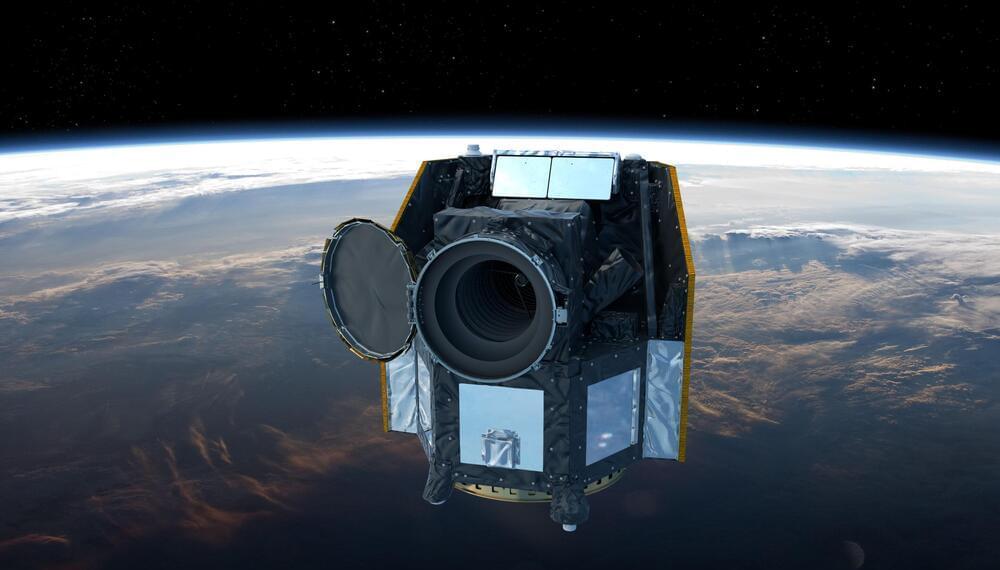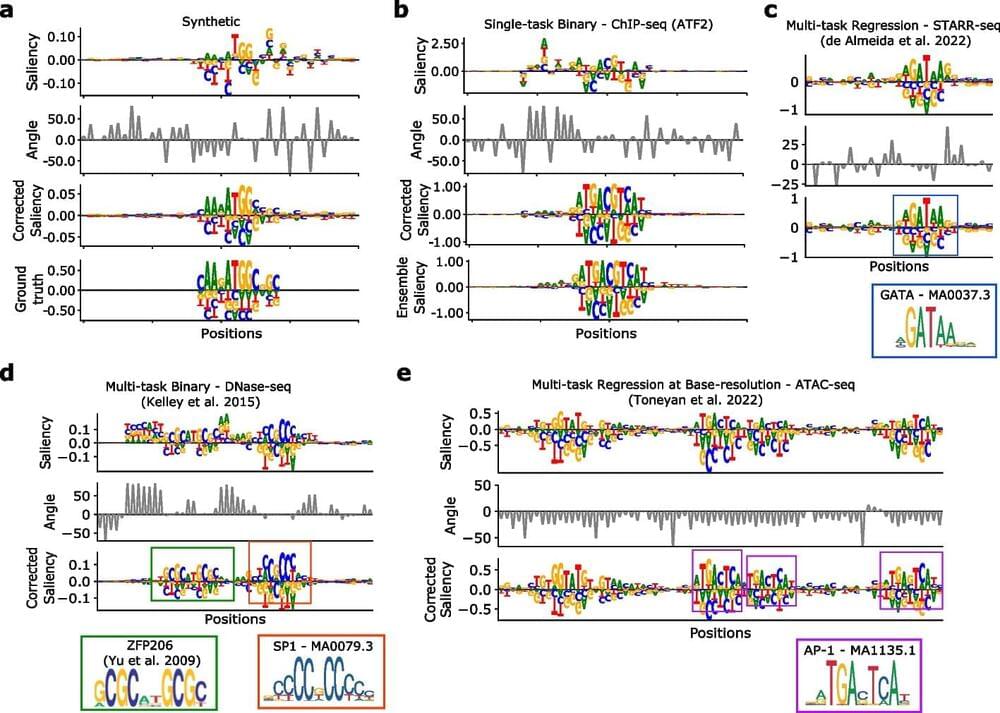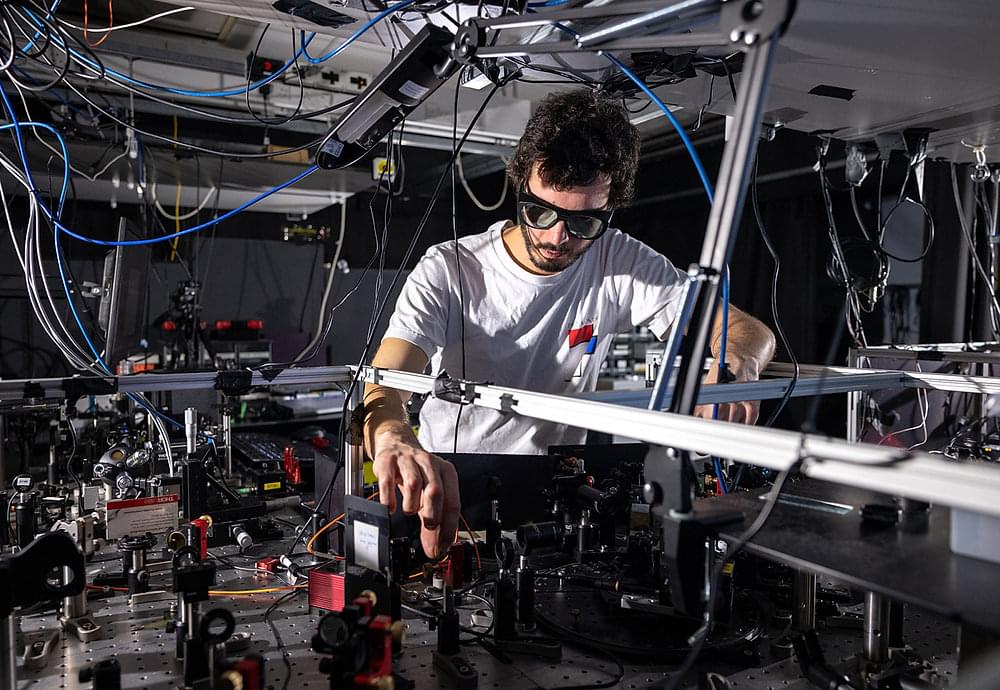With the help of the CHEOPS space telescope an international team of European astronomers managed to clearly identify the existence of four new exoplanets. The four mini-Neptunes are smaller and cooler, and more difficult to find than the so-called Hot Jupiter exoplanets which have been found in abundance. Two of the four resulting papers are led by researchers from the University of Bern and the University of Geneva who are also members of the National Centre of Competence in Research (NCCR) PlanetS.
CHEOPS is a joint mission by the European Space Agency (ESA) and Switzerland, under the leadership of the University of Bern in collaboration with the University of Geneva. Since its launch in December 2019, the extremely precise measurements of CHEOPS have contributed to several key discoveries in the field of exoplanets.
NCCR PlanetS members Dr. Solène Ulmer-Moll of the Universities of Bern and Geneva, and Dr. Hugh Osborn of the University of Bern, exploited the unique synergy of CHEOPS and the NASA satellite TESS, in order to detect a series of elusive exoplanets. The planets, called TOI 5,678 b and HIP 9,618 c respectively, are the size of Neptune or slightly smaller with 4.9 and 3.4 Earth radii.






